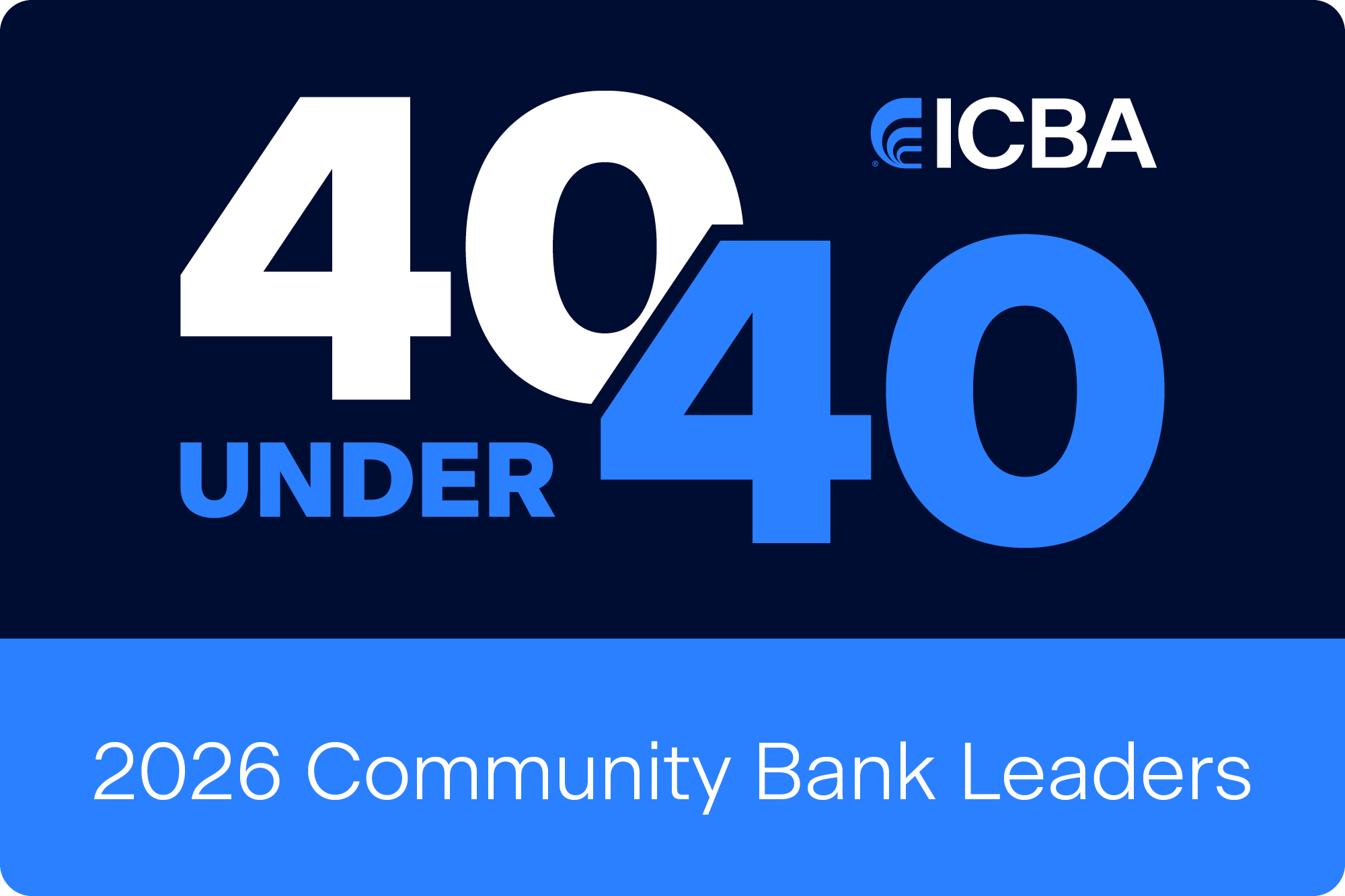Navigate the changing landscape of banking by welcoming it with open arms.
Lindsay LaNore: How To Be An Ambassador For Change
May 14, 2024 / By ICBA
Navigate the changing landscape of banking by welcoming it with open arms.
Whether your bank is a de novo or a long-established institution, change is an inescapable constant. It can come in the form of new technology or organizational restructuring, or it can shake society, like a global pandemic. But how well we deal with disruption depends on our approach to change management.
When thinking of implementing change, the first thing to do is check your attitude. Acknowledge that change is coming, that it’s already happening or that it’s needed. Then think about your own mindset. Are you open to change, or do you tend to resist it? Are you willing to acquire new skills, if needed? Your attitude will affect everyone on your team, so lean into optimism but be authentic in acknowledging that change is hard.
More from ICBA
Check out ICBA Education’s online courses (icba.org/education):
Change Management
Coping with Change
Creating the Wins of Change, Getting More Satisfaction at Work
Managing Change
Responding Successfully to Change for Winning Results
Next, clarify the “what” and make sure the “why” is clear. What is the change that’s coming? How complex will it be? Who will it affect across the company? Is this change something that will happen quickly or over time? How does it connect with the bank’s values? What are the benefits versus the challenges or risks?
Get everyone on board. How you implement change can be as important as the change itself, and the days of prescriptive, top-down management are over. It’s far better to get buy-in from your team and ask everyone to play a part. Communicate the change clearly, and early in the process. You should invite discussion about new ways of handling situations or making improvements to your team’s work lives.
Listen to strong opinions—sometimes, radical ideas produce the best changes—and be sure to address your team’s concerns. If past experiences of change, like failed product launches or unsuccessful restructurings, have been traumatic, discuss what went wrong last time. If the approach from leadership was previously too heavy-handed, involve those most likely to be affected in your decision-making processes.
You should come up with a clear plan of action together, with priorities, timelines and roles outlined. Get the right people into the right roles, and don’t micromanage them.
Everyone should be set up for learning, yourself included. If change is coming, education is one of the best tools in your kit. After they’ve completed courses or training, invite your team to come back and share what they’ve learned. You’ll need a safe space for ideas and concepts learned, whether it’s a virtual noticeboard or a weekly in-person meeting. This not only helps foster a collaborative culture but also helps team members feel heard.
Maintain transparency—and remember to celebrate milestones. Change management is a critical leadership competency, but turning necessary change into positive change is a superpower.
Subscribe now
Sign up for the Independent Banker newsletter to receive twice-monthly emails about new issues and must-read content you might have missed.
Sponsored Content
Featured Webinars
Join ICBA Community
Interested in discussing this and other topics? Network with and learn from your peers with the app designed for community bankers.
Subscribe Today
Sign up for Independent Banker eNews to receive twice-monthly emails that alert you when a new issue drops and highlight must-read content you might have missed.
News Watch Today

Join the Conversation with ICBA Community
ICBA Community is an online platform led by community bankers to foster connections, collaborations, and discussions on industry news, best practices, and regulations, while promoting networking, mentorship, and member feedback to guide future initiatives.













